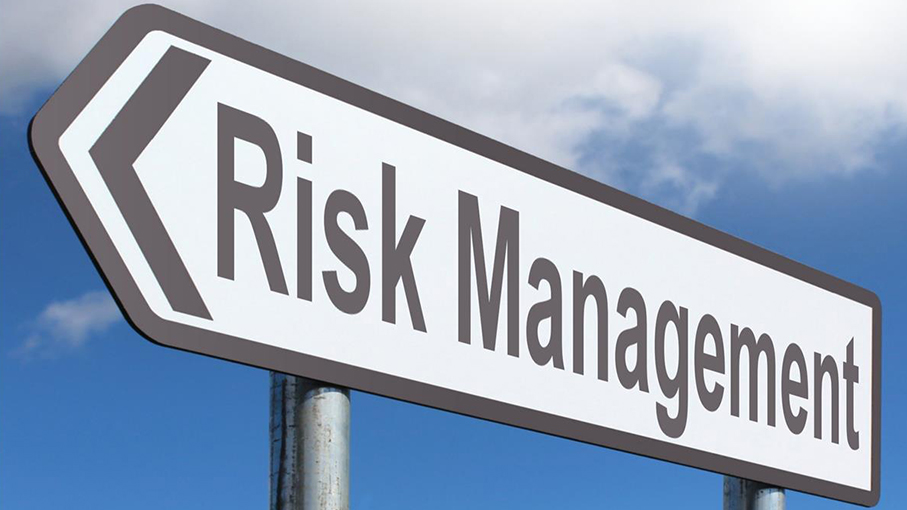Machine safety, harm, hazard, risk; risk assessment, analysis, evaluation and reduction. Let’s take a closer look at these concepts and at the series of steps involved in the assessment of risk.
According to CEN 414:2017, there are three types of European standards on the safety of machinery: type-A standards (basic safety standards giving the basic concepts); type-B standards (general safety standards dealing with one safety aspect or one type of safeguard that can be used across a wide range of machinery); and type-C standards (which deal with detailed safety requirements for a particular machine or group of machines).
The ISO 12100 standard
ISO 12100:2010 is a type-A standard and is an international standard on the safety of machinery. The concept of machinery safety considers the ability of a machine to execute its intended function throughout its life cycle and whereby risk has been adequately reduced. The standard provides indications on the decisions to be made for the safety of all types of machinery and on the types of documents required in order to verify execution of risk assessments. These indications are based on knowledge of and experience with the design, use and related accidents, injury, and other risks of the machine. Application of this standard alone is not enough to ensure compliance with fundamental requirements of health and safety established by the machinery directive but does, nonetheless, establish an essential framework for the proper application of said directive.
Definitions
First of all, we must understand the difference between risk and hazard. A hazard is an intrinsic property of the context or object of study not related to external factors and which, due to its properties or characteristics, has the potential to cause harm. Risk is a probabilistic concept, i.e. the likelihood of a certain event that could cause harm. ISO 12100 uses the following fundamental definitions:
- Harm: physical injury or damage to health;
- Hazard: potential source of harm;
- Hazardous situation: circumstance in which a person is exposed to at least one hazard;
- Risk: combination of the probability of occurrence of harm and the severity of that harm;
- Residual risk: risk remaining after protective measures have been implemented;
- Tolerable risk: accepted level of risk following a risk evaluation.
The numerous types of hazard and potential consequences are listed in Annex B to the standard. In short, the hazards identified during the risk analysis process may be categorized as electrical or thermal in nature, or due to noise, vibration, radiation, materials and substances, failure to observe the principles of ergonomics, use of equipment, or a combination of other hazards.
Click here to discover the GMI Safety Academy!
Risk assessment
Risk assessment is a process of logical steps in order to systematically analyze and evaluate the risks associated with a particular machine. The iteration of this process may point to the need to eliminate the hazards where possible and to adequately reduce risks by implementing protective measures. A protective measure is a measure intended to achieve risk reduction that is implemented by the designer or the user. The risk assessment process requires information related to the description of the machine, applicable standards and regulations, experience of use, and relevant principles of ergonomics.
The concept of risk as defined by ISO 12100 also implies the existence of a source of hazard and the probability that it could result in harm. Therefore, the risk formula is (R) RISK = (P) PROBABILITY x (H) HARM. The probability of an incident alone is not sufficient to define either the risk or the extent of the harm, because risk is the combination of both of these factors.
The numerical measurement of the level of risk (R) leads to the implementation of preventive and protective measures in relation to the risk assessment. This process is largely based on matrices that help to implement the measures that result in a reduction of risk.
Risk analysis, evaluation and reduction
Risk analysis, in turn, takes place in two stages. The first is risk analysis, which includes determining the limits of the machine, identifying the hazards, and estimating the risk in order to determine the probable severity of the harm and the likelihood of it occurring.
The second stage is risk evaluation, which entails determining whether it is necessary to reduce the risk based on the information to come out of the risk analysis.
After evaluating risk, it is then necessary to reduce risk, the objective of which is to remove the hazard or reduce the severity of the damage and the probability that it will occur.
During the risk reduction process, adequate protective measures are implemented in a given sequence. An iterative process is developed in order to reduce risk, starting with application of protective measures implemented by the designer and integrating, where necessary, the protective measures of the user.


